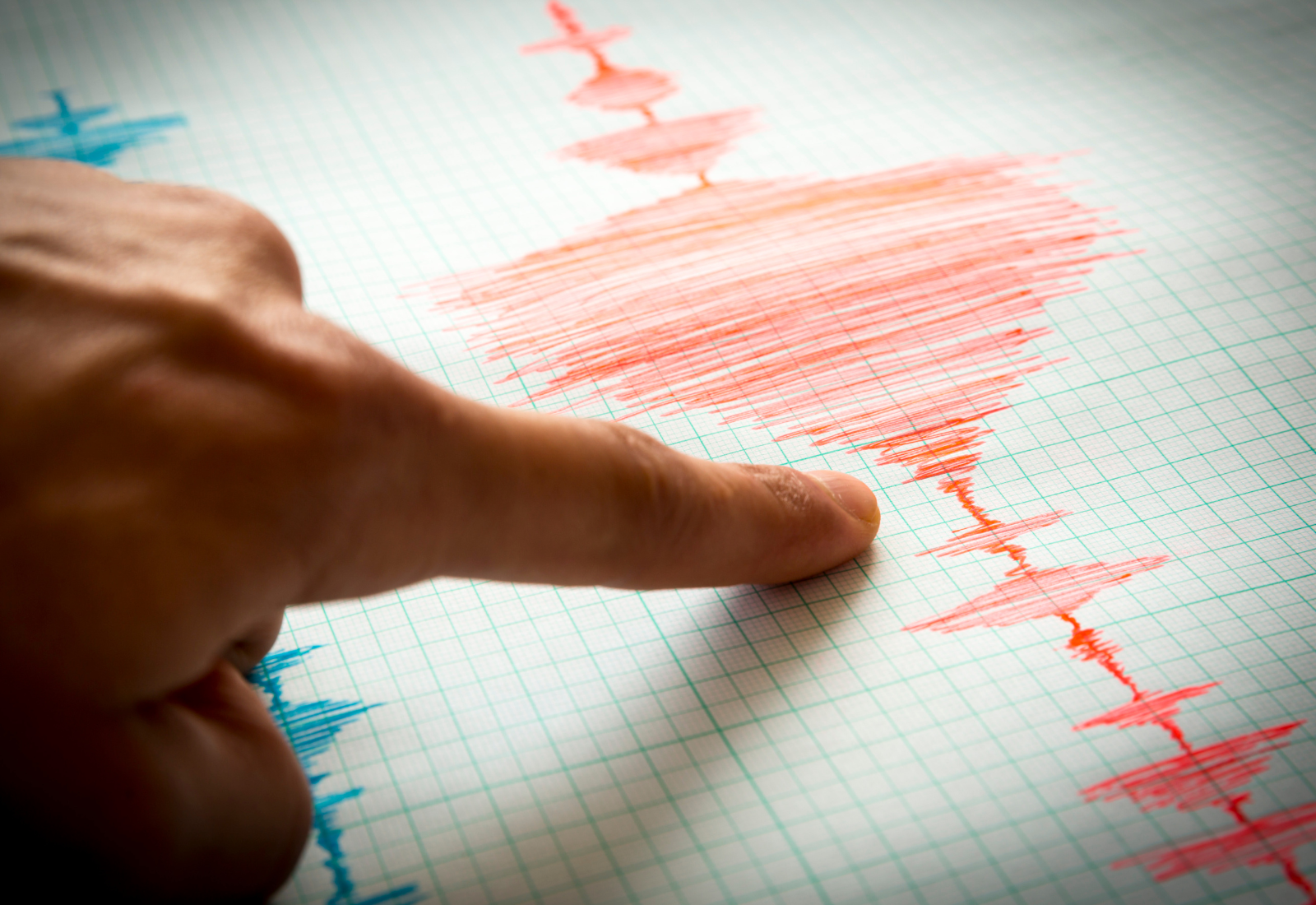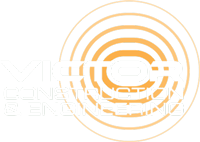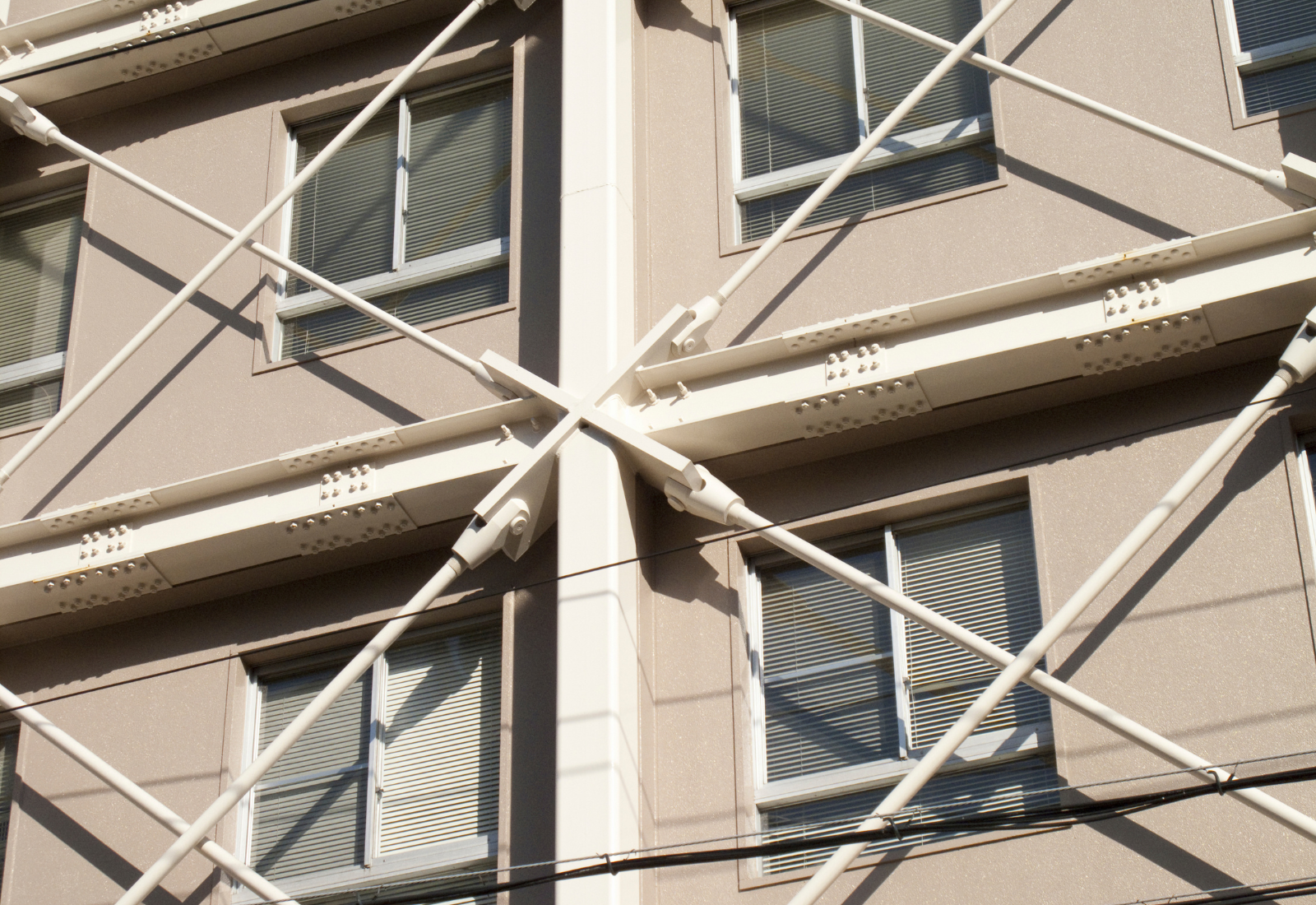
Earthquakes 101: A Comprehensive Guide
Earthquakes are one of the most formidable forces of nature. These seismic events result from the sudden release of energy in the Earth’s crust, causing ground shaking, surface rupture, and sometimes triggering tsunamis, landslides, and other disasters. Understanding earthquakes is critical for individuals and communities as they navigate the ever-present risk posed by these unpredictable events. Learn more.
What are Earthquakes?
Earthquakes are natural phenomena characterized by the sudden release of energy stored within the Earth’s crust. This release of energy generates seismic waves that propagate through the Earth, causing the ground to shake. Earthquakes can vary widely in magnitude, ranging from barely perceptible tremors to catastrophic events capable of causing widespread destruction.
Key Statistics:
- Frequency: Earthquakes occur every day around the globe, although most are too small to be felt by humans. According to the Pan American Health Organization, there are over one million earthquakes each year worldwide, but only about 100,000 are strong enough to be felt.
- Magnitude: Earthquakes are measured on the Richter scale or the moment magnitude scale (Mw). The Richter scale is logarithmic, meaning that each whole number increase represents a tenfold increase in amplitude. Magnitude can range from less than 1 to over 9, with each level indicating significantly different levels of ground shaking and potential damage.
- Distribution: Earthquakes are not evenly distributed geographically. They tend to occur along tectonic plate boundaries, where the Earth’s crust is under stress from the movement of the plates. These regions, known as seismic zones, include the Pacific Ring of Fire, the Mediterranean-Asian seismic belt, and the East African Rift, among others.
- Impact: The impact of earthquakes can vary depending on factors such as magnitude, depth, distance from populated areas, and the local building codes and infrastructure. Earthquakes have the potential to cause casualties, injuries, displacement of populations, and extensive damage to buildings, roads, bridges, and other infrastructure.
What Causes Earthquakes?
Tectonic Movements
Earthquakes predominantly occur due to the movement of tectonic plates. The Earth’s outer shell is divided into several large plates that float on the semi-fluid asthenosphere beneath them. When these plates grind against each other, slip past one another, or collide, it results in seismic activity.
Human-Induced Seismicity
Aside from natural causes, human activities can also induce earthquakes. Examples include:
- Mining: Excavation and extraction activities in mines can alter stress distributions within the Earth’s crust, leading to the occurrence of induced earthquakes.
- Reservoir-induced Seismicity: Large water reservoirs created by dams can exert pressure on the Earth’s crust, potentially triggering earthquakes. This phenomenon, known as reservoir-induced seismicity, has been observed in various locations worldwide.
- Hydraulic Fracturing (Fracking): The process of hydraulic fracturing, commonly used in oil and gas extraction, involves injecting high-pressure fluid into rock formations to release hydrocarbons. This can induce seismic activity by altering subsurface pressures and stressing pre-existing faults.
Fault Zones
Fault zones are regions where tectonic plates meet, creating fractures or cracks in the Earth’s crust. These zones are particularly prone to seismic activity due to the stress and strain accumulated along the faults. Types of faults include:
- Transform Faults: These occur where two plates slide horizontally past each other, such as along the San Andreas Fault in California.
- Divergent Boundaries: At divergent boundaries, plates move away from each other, creating tensional forces and often resulting in earthquakes, such as along the Mid-Atlantic Ridge.
- Convergent Boundaries: Convergent boundaries involve plates colliding with each other, leading to compression and subduction. Subduction zones, where one plate is forced beneath another, are known for generating powerful earthquakes, like those along the Pacific Ring of Fire.
The Impact of Earthquakes
Human Casualties and Property Damage
Earthquakes can have devastating consequences, leading to loss of life, injury, and extensive damage to infrastructure. According to the United States Geological Survey (USGS), an average of 16 major earthquakes (magnitude 7.0 or higher) occur worldwide each year, one of which is a magnitude 8. National Geographic reports that about 10,000 people die due to earthquakes each year.
Economic Fallout
The economic repercussions of earthquakes are staggering. The Federal Emergency Management Agency (FEMA) and the USGS estimate that earthquakes have caused over $40 billion in property damage in the United States alone over the past decade. On average, seismic events cause $14.7 billion in damage per year. When losses in the U.S. are aggregated by state, California accounts for more than 75% of estimated debris generated, 77% of displaced households, and 76% of short-term shelter needs.
Mitigating the Risks
California’s Early Warning System
California, situated along the seismically active Pacific Ring of Fire, faces significant earthquake risks. In response to these threats, the state has developed an early warning system known as ShakeAlert.
How ShakeAlert Works:
- Seismic Sensors: ShakeAlert relies on a network of seismic sensors deployed throughout California. These sensors detect the initial seismic waves generated by an earthquake, known as P-waves, which travel faster than the damaging shaking waves, or S-waves.
- Data Processing: When the seismic sensors detect P-waves, the data is rapidly transmitted to a central processing facility. Sophisticated algorithms analyze the data to determine the earthquake’s location, magnitude, and potential impact.
- Alert Distribution: Once the earthquake parameters are determined, alerts are generated and disseminated through various channels, including smartphones, computers, and public alert systems. The goal is to provide timely warnings to individuals, businesses, schools, and critical infrastructure operators.
- Response Actions: Upon receiving an alert, individuals and organizations can take immediate actions to protect themselves and minimize damage. These actions may include seeking shelter, securing heavy objects, and shutting down sensitive equipment.
Building Resilience
Investing in earthquake-resistant infrastructure is crucial for minimizing casualties and property damage. By incorporating seismic design principles and technologies, buildings can better withstand the forces of an earthquake. However, ensuring the structural integrity of existing buildings is equally important in earthquake-prone regions.
Seismic Strengthening Methods
- Reinforcement of Structural Elements: Strengthening existing structural elements, such as beams, columns, and walls, with additional reinforcement materials, such as steel plates or fiber-reinforced polymers (FRP), enhances their ability to resist seismic loads.
- Concrete Jacketing: Concrete jacketing involves adding a layer of reinforced concrete around existing concrete columns or walls to increase their strength and ductility.
- Steel Bracing: Installing steel braces or frames within a building can help distribute seismic forces more effectively and provide additional lateral support to vulnerable structural elements, such as walls or columns.
- Cross-Bracing: Cross-bracing involves connecting diagonal steel members between structural elements to improve the building’s resistance to lateral forces. This method enhances overall stiffness and stability, reducing the risk of collapse during an earthquake.
- Shear Walls: Constructing reinforced concrete or steel shear walls within a building can significantly enhance its lateral resistance. Shear walls act as vertical diaphragms that help distribute seismic forces and mitigate structural deformation.
Working with a Professional Earthquake Retrofitting Services
Introducing a list of seismic strengthening methods within the context of working with a professional earthquake retrofitting service:
When considering seismic strengthening measures for buildings in earthquake-prone regions, partnering with a professional earthquake retrofitting service is essential. These experts offer a range of services aimed at fortifying structures against seismic hazards. Here are some key benefits of working with such professionals:
- Expert Assessment: Professional earthquake retrofitting services provide expert assessment of existing structures to identify vulnerabilities and recommend appropriate retrofitting measures.
- Compliance with Standards: Retrofitting projects must comply with building codes and seismic standards to ensure effectiveness and safety. Professional retrofitting services are well-versed in these regulations and can ensure that retrofitting measures meet or exceed required standards.
- Long-Term Protection: Retrofitting not only strengthens buildings against earthquakes but also enhances their overall resilience and longevity. Professional retrofitting services provide long-term protection, safeguarding investments in property and infrastructure.
In Conclusion
Earthquakes are a potent reminder of the dynamic forces at work beneath our feet. By understanding their causes, impacts, and mitigation strategies, we can better prepare ourselves and our communities for these inevitable events.
Contact Victor Construction & Engineering for the Best San Francisco Earthquake Retrofitting Services
For inquiries about our Marin County earthquake retrofitting services, feel free to contact us via our online form, or call (415) 472-9144.





